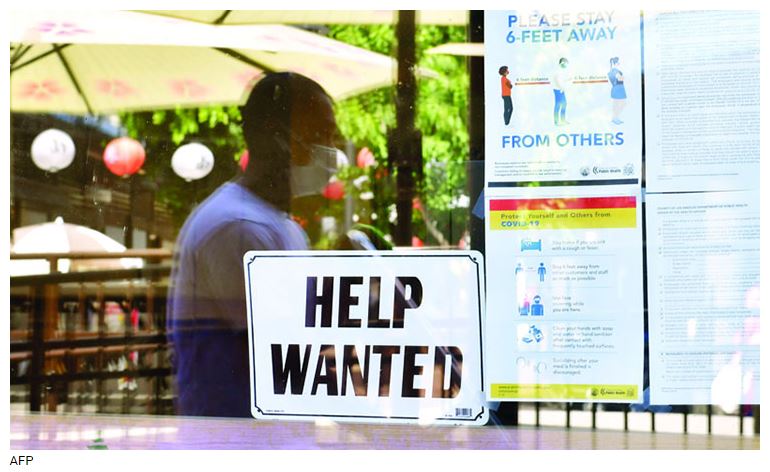Joblessness in Cambodia to stay around 2% in 2023
The unemployment rate in Cambodia is expected to reach 2 percent by the end of 2022, according to Trading Economics global macro models and analysts’ expectations. In 2023, Cambodia’s unemployment rate is projected to trend around 2 percent and 0.90 percent in 2024, according to the projections of the econometric models.
In the third quarter of 2022, the unemployment rate was 0.63 percent, in the fourth quarter it is expected to be around 2 percent in line with the government projections. The trend is expected to continue at the same level until the third quarter of 2023, reads a data analysis by experts.
Joblessness refers to the share of the labour force that is without work but available for and seeking employment. In Cambodia, the unemployment rate in 2021 was 0.61 percent, which was a 0.28 percent increase from 2020 when it was 0.33 percent. The unemployment rate for 2019, the pre-Covid year, was 0.15 percent, and in 2018, it was 0.14 percent.
Among all member states of the Association of Southeast Asian Nations (ASEAN), Cambodia can claim to have the most benign unemployment rate. It is due to the government policy to focus on sustained economic growth and the creation of job opportunities for the youth joining the labour force every year.
Cambodia is one of the least developing countries that have consistently created jobs for people in various sectors, including production, domestic trade and export along with the government’s efforts in building international, bilateral and multilateral relations with different partners both regionally and globally.
According to the ASEAN Information Center, while Lao People’s Democratic Republic is in second place with a projected unemployment rate of one percent, Myanmar is expected to be at 1.79 percent, Singapore (2.2 percent), Vietnam (2.46 percent), Malaysia (3.9 percent), Philippines (5.8 percent), Indonesia (5.83 percent) and Brunei (8.4 percent).
“The relations are consistent with regional and global economic integration policy of our country and so we are not lonely. That’s why we have been opening door widely to do trade with the rest of the world, resulting in revenue generated from export and trade,” said Hong Vannak, an economic analyst at the Royal Academy of Cambodia, while recently talking to one of the reporters of Khmer Times.
Cambodia generated more than $2.2 billion of revenue from its international trade within the first five months of this year, a year-on-year increase of 20 percent. It indicates that domestic production has improved, driven by rising labour.
Cambodia has been attractive for both local and foreign investors who have injected their money into many sectors, including agriculture, industry, construction and tourism. Every foreign dollar invested, contributes to the growth of the economy, and creates job opportunities. Regular flow of foreign direct investment in Cambodia and ASEAN economies only vouch for the strength, growth possibilities and attractiveness of these economies.
According to the ASEAN Investment Report 2022 Pandemic Recovery and Investment Facilitation, this grouping of South East Asian nations recorded a robust rebound in foreign direct investment inflows, surging by 42 percent to reach $174 billion in 2021. This increase to near pre-pandemic levels reverses the decline in 2020 caused by the Covid-19 outbreak and reflects the attractiveness of the region’s economy for global investors. With a large market and strong regional integration, ASEAN remains a major FDI destination in the developing world – second only to China – and will play an important role in driving global economic recovery.
Says Dato Lim Jock Hoi, Secretary-General of ASEAN, Intra-ASEAN foreign direct investment, which continues to be an important source of FDI as well as the establishment of production networks in the region, has been increasingly driven by emerging opportunities in sectors such as electric vehicles, electronics, digital economy and green technologies.
“This means that our people have a lot of jobs in production and commodities for export,” Vannak said, adding that as a developing country, Cambodia has been attractive for both local and foreign investors who have injected their money into many sectors including agriculture, industry, construction and tourism.
“Rising investment means creating jobs for people,” said Vannak. Cambodia has good geography and potential sectors, especially agriculture and household businesses that can help generate extra income. Also, the free trade agreements (FTAs) are also contributing to job creation, Vannak, an economic analyst at the Royal Academy of Cambodia, added.
Source: https://www.khmertimeskh.com/501169894/joblessness-in-cambodia-to-stay-around-2-in-2023/


 English
English




